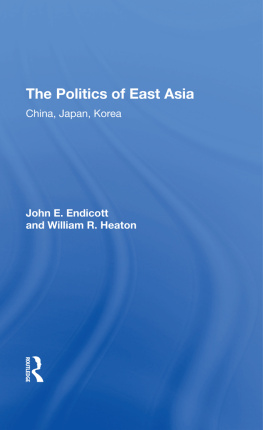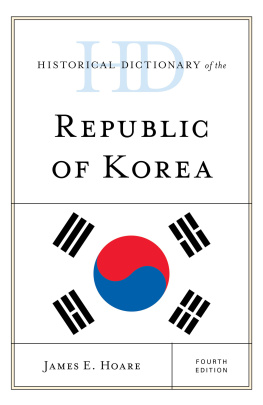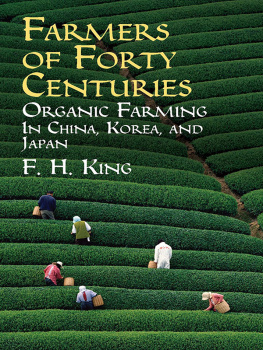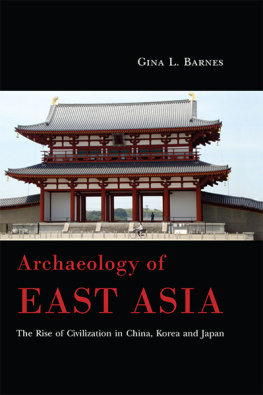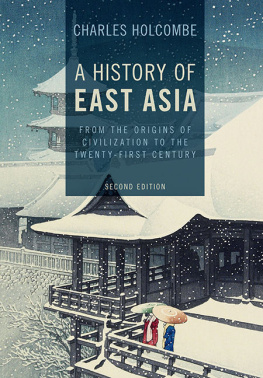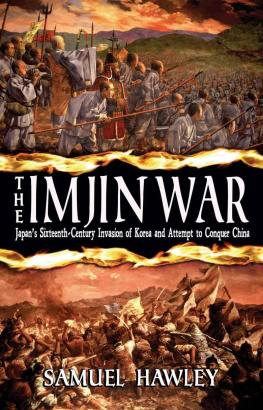EMBASSIES IN THE EAST: THE STORY OF THE BRITISH EMBASSIES IN JAPAN, CHINA AND KOREA FROM 1859 TO THE PRESENT
First Published in 1999 by Curzon Press
Published 2013 by Routledge
2 Park Square, Milton Park, Abingdon, Oxon OX14 4RN
711 Third Avenue, New York, NY 10017 USA
Routledge is an imprint of the Taylor & Francis Group, an informa business
1999 J.E. Hoare
Typeset in Garamond Light 11 on 11 pt by LaserScript Ltd, Mitcham, Surrey
All rights reserved. No part of this book may he reprinted or reproduced or utilised in any form or by any electronic, mechanical, or other means, now known or hereafter invented, including photocopying and recording, or in any information storage or retrieval system, without permission in writing from the publishers.
British Library Cataloguing in Publication Data
A catalogue record of this hook is available from the British Library
Library of Congress Cataloguing in Publication Data
A catalogue record for this book has been requested
ISBN 978-0-7007-0512-2
ISBN 978-1-3150-2679-4 (eISBN)
by the Rt Hon. Lord Hurd of Westwell CH CBE
Just over a year ago I broke away from the commercial mission which I was leading in Beijing and walked alone through a grey polluted afternoon from our hotel to the old legation quarter. I wanted to revisit the old compound where forty years earlier I had spent as a young diplomat two of the most cheerful years of my life. The old compound is shut now to the public, and an ugly block of flats has been built over the gardens of my bungalow. The chapel has gone, but the gate which the Boxers besieged still stands, as do the scarlet pillars of the No 1 House behind it.
Something of the former magic of the place flowed back with memories to my mind. Diplomatic compounds arouse strong emotions for and against among those who inhabit them. It is excellent that Dr Hoare has laboured valiantly over years to tell the story of three of them. These buildings are a vivid part of the story of British diplomacy.
The Beijing compound is no longer ours but Tokyo and Seoul remain. Seoul now has the oldest buildings. The Tokyo houses are not architectural masterpieces but their combination of grey stone and quiet trees contrasts pleasantly with the tumult of the modern city. These buildings, resisting the occasional efforts of the Treasury to diminish or over-exploit them, leave their stamp not just on those who live in them but on all those who, by passing through their gates, absorb a particular impression of Britain past and present. Their tale is well worth telling.
Spring 1999
The origins of this book go back to 1976, when I was temporarily covering Korean affairs in the then research department of the Foreign and Commonwealth Office (FCO). One of the counsellors at the embassy of the Republic of Korea, Mr Lee Jong Chan, later a wellknown politician and currently (Spring 1999) the head of the National Intelligence Service, asked me if I could let him have details of the first Korean mission in London and of the British diplomatic presence in Seoul. I spent some enjoyable hours tracking down the relevant material at the Public Record Office, then in Chancery Lane, and in the FCO library, photocopied the results and sent them off.
There were three immediate results. Mr Lee was most grateful, both then and later when I was posted to Seoul, and he and his family remain friends to this day. My own department was less than happy, and I was severely reprimanded for having ordered photocopies without permission. Finally, the then British ambassador in Seoul dismissed my attempt at historical reconstruction as 'very laboured'. It was therefore a less than totally auspicious beginning.
When, unexpectedly, I found myself posted to Seoul in June 1981, it was not long before I found that there were various tales told about the British embassy and its nineteenth century core buildings which did not ring true. The story was that the buildings dated from the period of the Boxer rebellion in China (1900), and had been erected, using bricks carried by Mongolian ponies by the Royal Engineers on their way home from helping to raise the siege of the Beijing legations. But I was new and unwilling to challenge the views of my ambassador, who told the story with great flair and authority. We were celebrating, as embassies do, a hundred years of diplomatic relations, and the stories were regularly repeated. It was even 'suggested' that I should include it in a short piece I wrote about British graves and monuments in Korea. Such suggestions could not be ignored without evidence, and so I did - but only in a footnote.
Home on leave in 1983-84, mindful of the fact that Britain had first had a consulate-general in Seoul in 1884, I decided to pursue the matter further, and with much aid from Dr Nicholas Cox, then at the Public Record Office, I found what I needed. This was the files of the Office of Works relating to Seoul. These proved a treasure trove, even if they were among the most badly organised files I have ever come across. But I had another unexpected bonus. I knew, because there was a foundation stone to prove it, that the ambassador's residence in Seoul had been built while one Walter Caine Hillier was consul-general. Of Hillier, I knew that he was an important member of the British consular service in China, but little more. One night, discussing this with the friends with whom we were staying, our host, Andrew Hillier, said that he thought that his cousin had some photographs belonging to Walter Hillier, who happened to be a great-great-uncle. This serendipity produced some excellent pictures of the original Korean-style house on the present embassy site, as well as a series of photographs which Walter Hillier, an accomplished amateur photographer, had take of the present buildings under construction and just after completion. All fell into place, and the result was the little book on The British Embassy Compound Seoul, 1884-1984, which appeared in 1984.
There it all might have rested, except that in 1988 we were, very unexpectedly, asked to go to Beijing. After several months of cliff-hanging suspense, as the post decided whether or not it wanted a research officer rather than a generalist officer, we arrived in Beijing in the summer of 1988. I was far more aware of the history of British representation in China than I had been of its counterpart in Korea, but it was not really until 1990, and the lull in bilateral relations following the events of June 1989, that I began to explore the history of the old legation and the new embassy, both of which had had some stirring moments. The fact that 1991 marked 130 years since there was first a British diplomatic presence in Beijing was an added spur, and in June 1991, I gave a paper to the Beijing International Society describing the history of Britain's diplomatic presence in China from 1861 to 1991. Later, after our return to London in 1991, I gave a revised version of this paper to the Great Britain-China Centre. Thanks to Gerry Segal of the International Institute for Strategic Studies, and the founder-editor of the Pacific Review , an account which focused in particular on the years after 1949, appeared in that journal in 1994.


